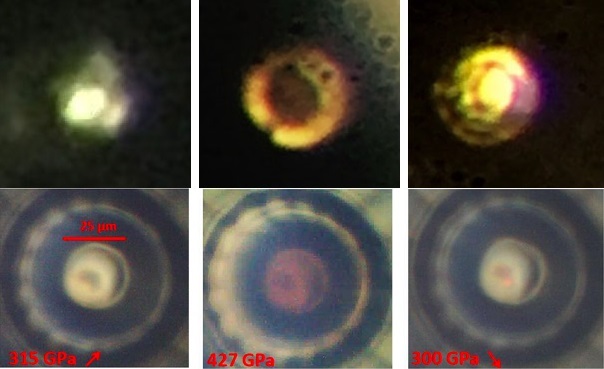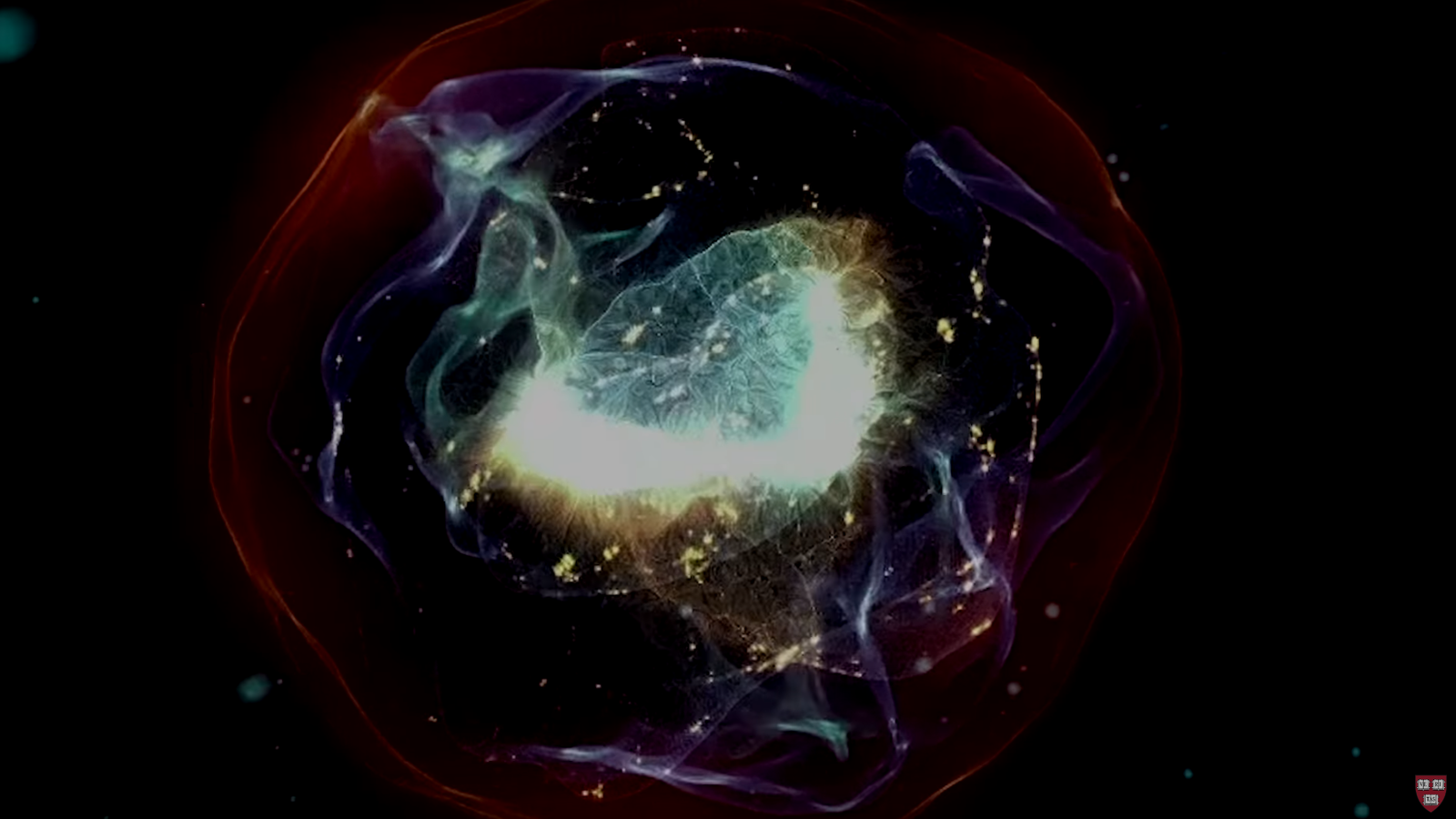

“I think this is really a Nobel-prize worthy discovery. One person is Maddury Somayazulu, an associate research professor at the Argonne National Laboratory who was not involved in this study. However, the French team and their experimental results have some powerful allies. Aerial view of the Synchrotron SOLEIL facility.

In addition, this latest study has yet to be peer-reviewed and their experiment validated by other physicists.

These results have attracted their fair share of criticism and skepticism, largely because previous claims where metallic hydrogen was said to have been created were either proven to be false or inconclusive. Once their hydrogen sample had reached pressures of 425 GPa and temperatures of 80 K (-193 ☌ -316 ☏), they reported that it began absorbing all the infrared radiation, thereby indicated that they had “closed the band gap”. The second involved a new type of infrared spectrometer the research team designed themselves at the Synchrotron SOLEIL facility, which allowed them to measure the sample. This allowed the team to be able to push past the previous pressure limit established by other diamond anvils (400 GPa) and get as high as 600 Gpa. The first has to do with the diamond anvil setup they used, where the diamond tips were toroid-shaped – a torus with a hole in the middle (like a donut) – instead of flat. They also explain how two advances made their experiment possible. In short, any insulator material (like oxygen) should be able to make become a conductive metal if it is pressurized enough. Specifically, they indicate that if the electrons of any material are restricted enough in their motion, what is known as the “band gap closure” will eventually take place. Credit: Kelvinsong/Wikimedia CommonsĪs they indicate in their study, it is indisputable that “metal hydrogen should exist” thanks to the rules of quantum confinement. This cut-away illustrates a model of the interior of Jupiter, with a rocky core overlaid by a deep layer of liquid metallic hydrogen. The team consisted of Paul Dumas, Paul Loubeyre, and Florent Occelli, three researchers from the Division of Military applications (DAM) at the French Alternative Energies and Atomic Energy Commission and the Synchrotron SOLEIL research facility. The study which described their experiment, titled “ Observation of a first order phase transition to metal hydrogen near425 GPa“, recently appeared on the arXiv preprint server. While there is plenty of skepticism, there are many in scientific community who believe this latest claim could be true. And after decades of attempts (and 80 years since it was first theorized), a team of French scientists may have finally created metallic hydrogen in a laboratory setting. For years, scientists have been looking for a way to create metallic hydrogen synthetically because of the endless applications it would offer.Īt present, the only known way to do this is to compress hydrogen atoms using a diamond anvil until they change their state. In these kinds of extreme pressure environments, hydrogen gas is compressed to the point that it actually becomes a metal. Scientists have long speculated that at the heart of a gas giant, the laws of material physics undergo some radical changes.


 0 kommentar(er)
0 kommentar(er)
